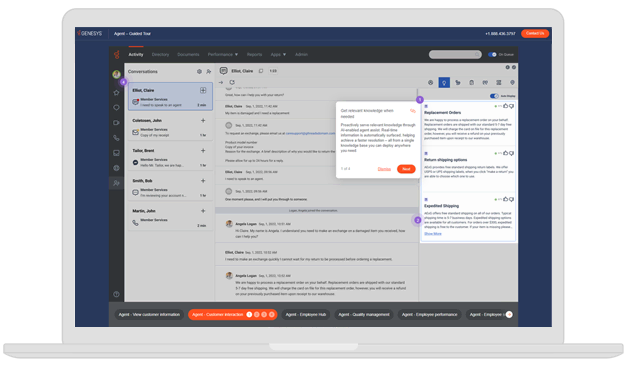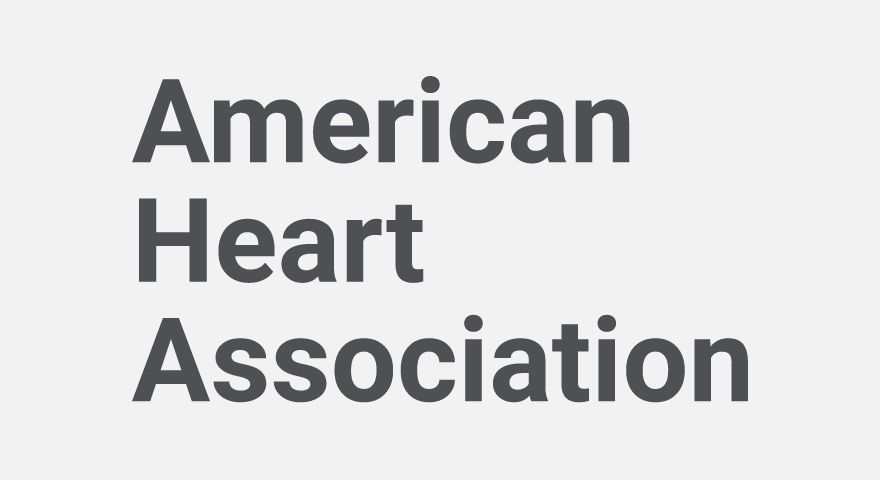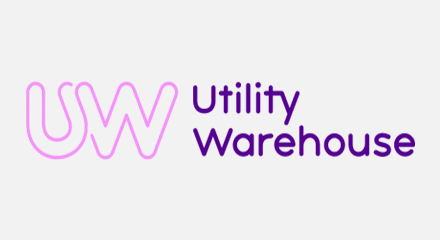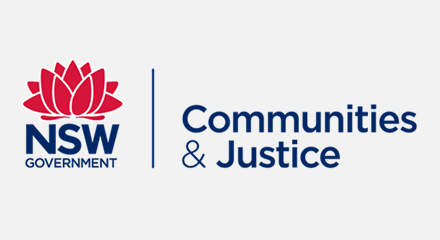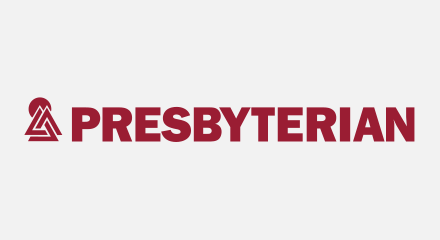A primary goal of the upgrade was ensuring maximum availability of Childline and the NSPCC helpline services. Benefits include making more effective use of counselor capacity, along with the ability to engage supervisors to handle high-risk contacts. Children who don’t want to talk openly can express themselves, for instance, by drawing pictures using online interactive whiteboards.
Planning for peak periods
Behind the scenes, Genesys Workforce Engagement Management handles forecasting and scheduling to ensure the NSPCC has the right people in the right place, at the right time.
“We used to rely on tribal knowledge and information buried in complex spreadsheets, which was okay until people went on holiday or fell ill,” added Bilsby. “Now, it’s easier to plan because we’ve got better quality data and clearer sight of supply and demand across all 12 service centers.” This is especially important during busy periods, for instance at Christmas and when children go back to school or start exams.
Feedback from NSPCC agents has been encouraging. They especially like record simplification for low-risk cases. So, they spend less time on admin and more time using their specialist skills in responding to calls, emails and chat messages.
Addressing digitally outstripped resources
Digital trends continue to place extra demands on NSPCC resources. “Chat interactions currently account for around 50% of all contacts and, on average, last seven times longer than a call,” said Bilsby. “So, with demand for digital services continuing to outstrip the supply of counselors, we’ve got to keep looking for ways to work smarter and drive efficiency.”
One of the ways NSPCC is looking to achieve this is by introducing Genesys voice analytics to boost quality assurance and training. The charity also plans to use Genesys Engage to enable home workers to deal with certain contact categories. For example, while counselors need emotional support from colleagues and service center-based confidentiality, interactions with lower safeguarding risks could be performed confidentially via webchat. In turn, that makes it easier to attract new volunteers, such as passionate helpers who cannot travel, while freeing up counselors to deal with more serious cases.
Fresh thinking powers innovation
In the future, the charity hopes to sense and intervene if a child is at risk. They expect to do so by adding Snapchat and WhatsApp social media channels, or by adopting artificial intelligence and automation technologies, to improve situational awareness.
“We’re looking to trusted advisors like Genesys to invest time and help us get the most out of new technologies on our journey to end child abuse,” concluded Bilsby. “We’re exploring use cases for Genesys predictive analytics, for example, to inform counselors that a child has been browsing bullying advice online. So, they might start by asking general questions, such as, ‘How are things at school?’ Driving the discussion down a path that might otherwise have been missed without that insight.”



